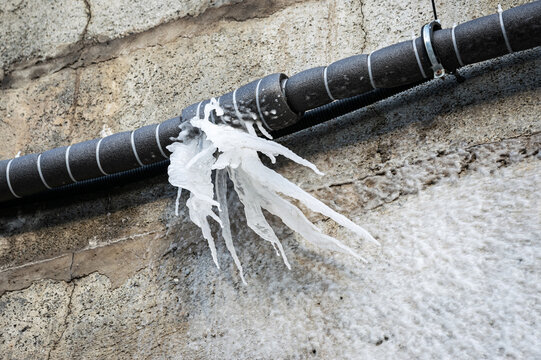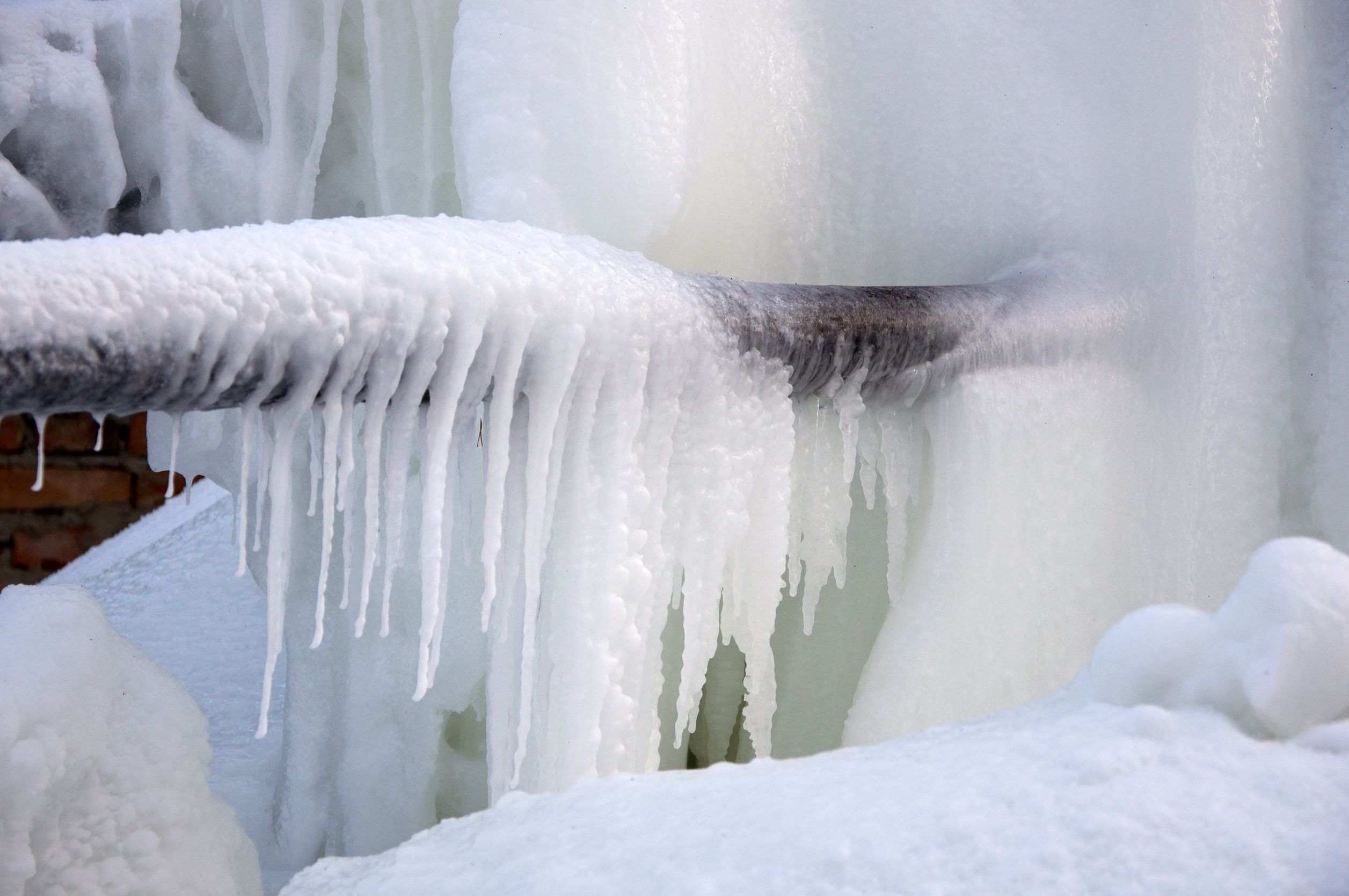Crucial Tips for Preventing Frozen Pipes in Winter Seasons
Crucial Tips for Preventing Frozen Pipes in Winter Seasons
Blog Article
Everybody has their own unique assumption when it comes to How to prepare your home plumbing for winter weather.

Cold weather can wreak havoc on your pipes, specifically by freezing pipelines. Right here's exactly how to avoid it from happening and what to do if it does.
Intro
As temperature levels decrease, the threat of icy pipes increases, possibly causing costly repairs and water damages. Comprehending how to stop frozen pipelines is vital for home owners in chilly climates.
Recognizing Frozen Pipelines
What triggers pipelines to freeze?
Pipelines freeze when revealed to temperatures below 32 ° F (0 ° C) for prolonged periods. As water inside the pipes ices up, it expands, taxing the pipeline walls and potentially creating them to burst.
Dangers and problems
Icy pipelines can lead to supply of water interruptions, residential or commercial property damage, and costly fixings. Burst pipes can flood homes and trigger considerable structural damage.
Indications of Frozen Water Lines
Determining icy pipelines early can prevent them from bursting.
Just how to recognize icy pipelines
Seek decreased water circulation from taps, uncommon odors or noises from pipelines, and noticeable frost on subjected pipelines.
Prevention Tips
Insulating vulnerable pipelines
Wrap pipelines in insulation sleeves or utilize warmth tape to secure them from freezing temperatures. Concentrate on pipes in unheated or outside locations of the home.
Home heating techniques
Maintain indoor rooms appropriately warmed, especially locations with pipes. Open cupboard doors to allow warm air to distribute around pipes under sinks.
Shielding Outdoor Pipes
Garden pipes and outdoor faucets
Detach and drain pipes garden hoses before wintertime. Install frost-proof spigots or cover outdoor faucets with shielded caps.
What to Do If Your Pipes Freeze
Immediate actions to take
If you suspect frozen pipes, maintain faucets open to alleviate stress as the ice thaws. Make use of a hairdryer or towels taken in hot water to thaw pipelines slowly.
Long-Term Solutions
Architectural changes
Think about rerouting pipes far from exterior wall surfaces or unheated locations. Include additional insulation to attic rooms, basements, and crawl spaces.
Updating insulation
Purchase high-quality insulation for pipelines, attics, and wall surfaces. Correct insulation aids keep constant temperatures and reduces the danger of frozen pipes.
Verdict
Stopping icy pipes calls for positive actions and quick actions. By understanding the causes, indicators, and safety nets, house owners can safeguard their plumbing throughout cold weather.
5 Ways to Prevent Frozen Pipes
Drain Outdoor Faucets and Disconnect Hoses
First, close the shut-off valve that controls the flow of water in the pipe to your outdoor faucet. Then, head outside to disconnect and drain your hose and open the outdoor faucet to allow the water to completely drain out of the line. Turn off the faucet when done. Finally, head back to the shut-off valve and drain the remaining water inside the pipe into a bucket or container. Additionally, if you have a home irrigation system, you should consider hiring an expert to clear the system of water each year.
Insulate Pipes
One of the best and most cost-effective methods for preventing frozen water pipes is to wrap your pipes with insulation. This is especially important for areas in your home that aren’t exposed to heat, such as an attic. We suggest using foam sleeves, which can typically be found at your local hardware store.
Keep Heat Running at 65
Your pipes are located inside your walls, and the temperature there is much colder than the rest of the house. To prevent your pipes from freezing, The Insurance Information Institute suggests that you keep your home heated to at least 65 degrees, even when traveling. You may want to invest in smart devices that can keep an eye on the temperature in your home while you’re away.
Leave Water Dripping
Moving water — even a small trickle — can prevent ice from forming inside your pipes. When freezing temps are imminent, start a drip of water from all faucets that serve exposed pipes. Leaving a few faucets running will also help relieve pressure inside the pipes and help prevent a rupture if the water inside freezes.
Open Cupboard Doors
Warm your kitchen and bathroom pipes by opening cupboards and vanities. You should also leave your interior doors ajar to help warm air circulate evenly throughout your home.

As a fervent person who reads on Winter Plumbing Precautions: Preventing Frozen Pipes, I figured sharing that piece of content was essential. Do you know about another person who is involved in the topic? Please feel free to share it. I cherish reading our article about Preventing and dealing with frozen pipes.
Additional Information Report this page